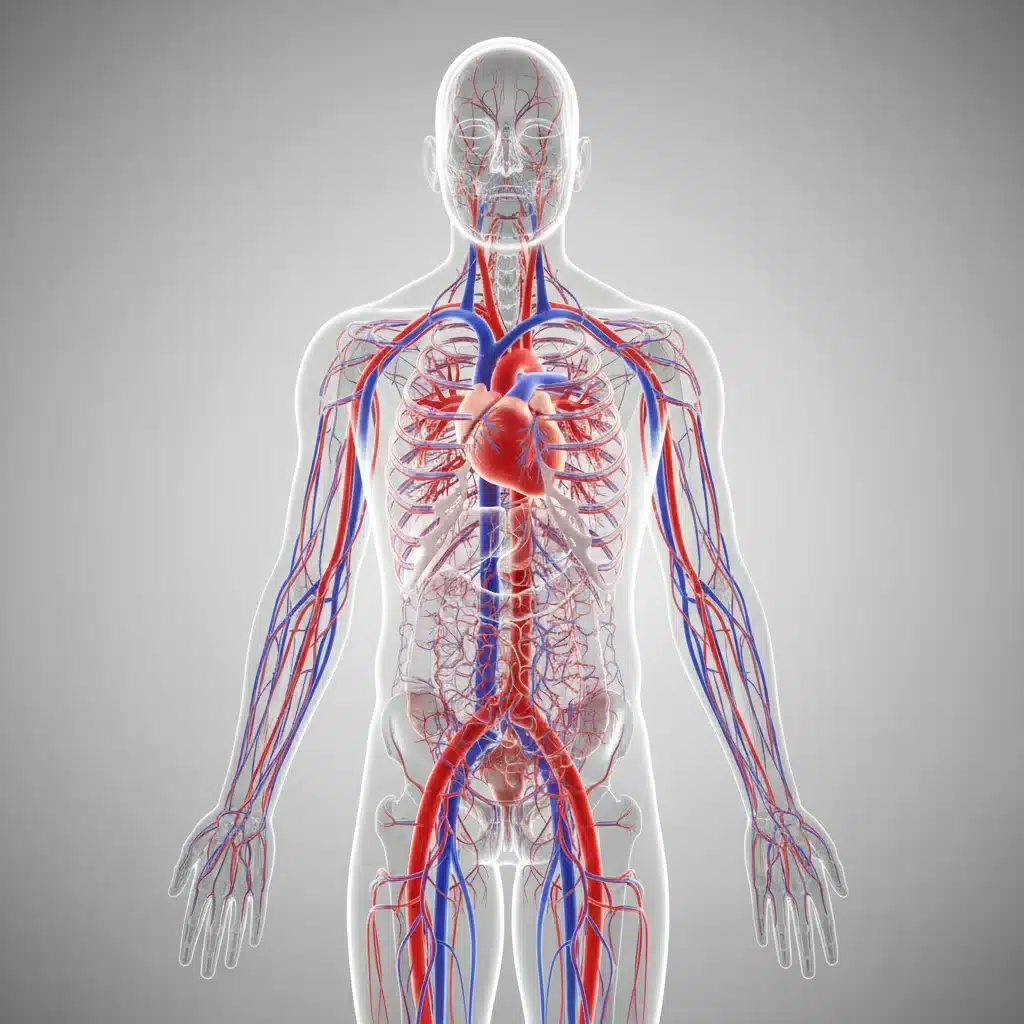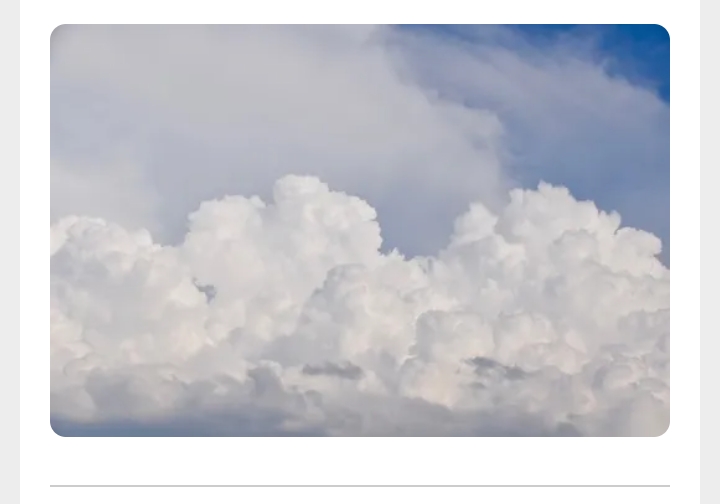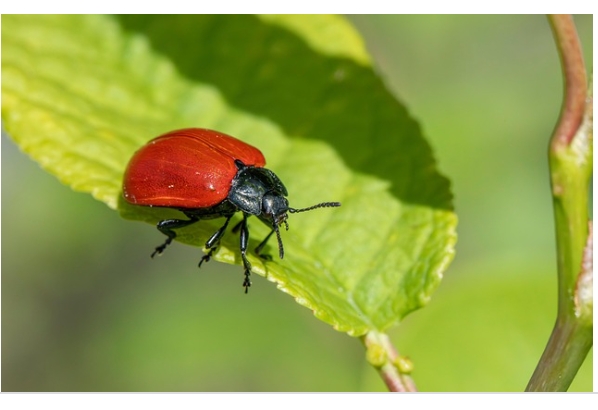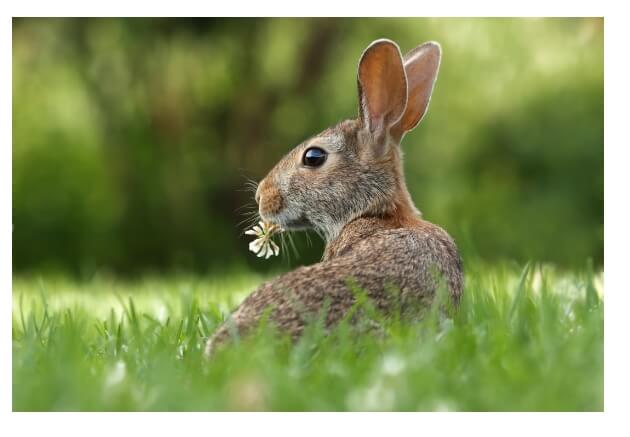Introduction
As a young girl growing up in Ilorin, I remember watching my grandmother gently pull out stubborn weeds from her okra garden every Saturday morning. She’d hum softly, her bare hands dusted with red earth, and say, “These green intruders look harmless, but they drink more water than my crops!” At the time, I didn’t fully understand what she meant. But now, as a teacher and agricultural science enthusiast, I see how right she was.
Weeds and pests are not just minor annoyances in a farm—they are the silent competitors and destroyers that many farmers battle daily. Weeds snatch nutrients, space, and sunlight from crops, while pests chew through leaves, bore into fruits, and suck life from even the healthiest plants. The result? Reduced yields, wasted efforts, and frustrated farmers.
In one of my Primary 5 classes last term, a pupil named Samuel raised his hand and asked, “Ma, if pests are always bad, why do they exist?” That question sparked a rich classroom discussion, revealing just how curious and observant children can be when taught with real-life connections. And it reminded me why teaching agricultural science is so rewarding—it opens young eyes to the invisible battles happening right on their dinner plates.
This week, we’re diving deep into the world of weeds and pests. We’ll explore what they are, why they matter, and how to deal with them wisely. Expect relatable examples, classroom jokes, and those unforgettable moments when pupils say the most unexpected things—like when Peace once asked if weeds cry when we pull them out (you’ll read more about that in the Set Induction!).
Whether you’re preparing your lesson notes as a teacher, reviewing for an exam as a pupil, or just curious about farming, this guide will walk you through practical insights backed by experience—not just from textbooks, but from real gardens, real classrooms, and real farmers.
Let’s get our hands metaphorically dirty and find out what makes weeds and pests such determined farm invaders—and how we can outsmart them.
Subject: Agricultural Science
Class: Primary 5
Term: Second Term
Week: 2
Age: 9–11 years
Topic: Understanding Weeds, Pests, and Their Impact on Farming
Sub-topic: Meaning, Examples, Effects, and Control of Weeds and Pests
Duration: 40 minutes
1. Behavioral Objectives
By the end of this lesson, pupils should be able to:
-
Define weeds and pests clearly.
-
Mention at least three examples of weeds and pests.
-
Explain how weeds and pests affect crops.
-
Identify simple control measures for weeds and pests.
-
Relate the importance of proper farm care to increased food production.
2. Keywords
-
Weeds
-
Pests
-
Crop damage
-
Control
-
Insects
-
Fungi
-
Yield
3. Set Induction
Teacher walks into class with a small basket of weed samples (e.g., spear grass, waterleaf) and a picture of a caterpillar-eaten leaf.
Teacher: “Who can guess what this plant is doing in my garden? It wasn’t invited, but it’s there, growing fast!”
Paul (pupil): “Maybe it likes your farm more than you!”
Teacher: “Hmm, Paul, should I charge it rent then?”
(Laughter from class)
Teacher: “What about this leaf? Look at all the holes in it—who do you think did this?”
Peace: “Maybe the leaf was hungry and ate itself?”
Teacher: “Interesting thought, Peace! But no—this is the work of a pest. Today, we’re going to talk about these unwanted farm guests and how they affect farming.”
4. Entry Behaviour
Pupils have learned about the importance of soil, water, and sunlight for plants. They’ve also visited the school garden before and are familiar with healthy and unhealthy plants.
5. Learning Resources & Instructional Materials
-
Real weed samples from school surroundings
-
Chart showing common farm pests (aphids, grasshoppers, weevils)
-
Picture cards of damaged crops
-
Hoe or cutlass (for practical demonstration)
-
Videos of pest attacks (if a projector is available)
-
Flashcards with pest names and images
6. Building Background Knowledge
“Do you remember when we planted maize last term? Some of the plants grew faster than others, and some even dried up early. Do you know what might have caused that? We’ll discover it today—and it has something to do with sneaky weeds and hungry pests!”
7. Embedded Core Skills
-
Critical Thinking
-
Communication
-
Observation
-
Environmental Awareness
-
Agricultural Literacy
8. Main Content
A. What Are Weeds?
Weeds are unwanted plants that grow where they are not needed. They compete with crops for water, sunlight, nutrients, and space.
Examples of Common Weeds:
-
Spear Grass
-
Waterleaf
-
Siam Weed
-
Goat Weed
-
Carpet Grass
B. Effects of Weeds on Farming
-
They reduce the growth of crops.
-
They make harvesting difficult.
-
They spread diseases to crops.
-
They can attract harmful insects.
C. Control of Weeds
-
Hand Pulling: removing with hands (good for small farms).
-
Hoeing: using a hoe to remove them.
-
Use of Herbicides: chemicals that kill weeds.
-
Mulching: covering soil with dry leaves or plastic.
D. What Are Pests?
Pests are harmful animals or insects that feed on crops and reduce their quality or quantity.
Examples of Pests:
-
Grasshoppers
-
Armyworms
-
Weevils
-
Aphids
-
Rats
-
Birds
E. Effects of Pests on Crops
-
They eat leaves and reduce food production.
-
Some pests lay eggs inside fruits and spoil them.
-
They carry diseases to healthy crops.
-
They reduce the size and quality of crops.
F. Control of Pests
-
Use of Insecticides (chemicals that kill insects)
-
Handpicking (removing pests by hand)
-
Setting traps for rodents or birds
-
Planting pest-resistant crops
-
Keeping the farm clean
9. Classroom FAQ Discussion (15 Questions with Fun Pupil Reactions)
-
Teacher: “Can weeds be beautiful?”
Blessing: “Yes ma, like waterleaf—it looks tasty!” -
Q: Why do weeds grow faster than our crops?
A: They are aggressive and don’t need much to grow. -
Q: Are all pests insects?
A: No, some are animals like rats and birds. -
Q: Can weeds be useful sometimes?
A: Yes, some are used as food or medicine. -
Q: Can you eat a weed?
A: Yes, waterleaf is a weed and also a vegetable. -
Q: What happens if we don’t control weeds?
A: Crops will grow poorly or even die. -
Q: What if we just pour water on pests—will they go away?
A: No, pests need stronger control like insecticides. -
Q: Who are more dangerous—pests or weeds?
A: Both are dangerous in different ways. -
Q: Can pests fight with each other on the farm?
A: Not exactly, but some eat each other. -
Q: Why do birds eat crops instead of worms?
A: Because ripe grains are tasty! -
Q: Can we plant crops without getting pests?
A: It’s rare. Every farmer faces pests. -
Q: What happens if a pest eats only one leaf?
A: If too many pests do that, the plant weakens. -
Q: Can we talk to weeds to make them leave?
A: Haha! No, but that’s a fun thought. -
Q: Are pests afraid of anything?
A: Yes, predators like birds or humans. -
Q: Can we build a robot to fight pests?
A: Someday we might! Technology is growing.
10. Evaluation Questions – Part A (15 Fill-in-the-Blank)
-
Weeds are _______ plants that grow where they are not wanted.
a) wanted b) useful c) unwanted d) big -
One common weed is _______.
a) yam b) spear grass c) tomato d) cabbage -
Pests cause _______ to crops.
a) repair b) joy c) damage d) painting -
Aphids are an example of _______.
a) weed b) pest c) tool d) flower -
_______ is used to remove weeds by hand.
a) Insecticide b) Water c) Hoe d) Cutlass -
Weeds compete with crops for _______.
a) friends b) movies c) nutrients d) clothes -
Birds are pests that eat _______.
a) fertilizer b) grains c) hoes d) tools -
Pests reduce the _______ of crops.
a) yield b) fashion c) teacher d) price -
_______ are chemicals used to kill weeds.
a) Fruits b) Tools c) Herbicides d) Roots -
Handpicking is a way to control _______.
a) weeds b) people c) pests d) seeds -
Waterleaf can be a weed and also _______.
a) a toy b) a vegetable c) an insect d) a game -
Clean farms help reduce _______.
a) parties b) rainfall c) pests d) exams -
A hoe is used for _______ control.
a) pest b) student c) weed d) water -
Siam weed is an example of _______.
a) pest b) farm tool c) weed d) soil -
Grasshoppers eat crop _______.
a) money b) leaves c) pencils d) wood
11. Evaluation Questions – Part B (10 Theory Questions)
-
Define weeds.
-
Mention three examples of weeds.
-
What are pests?
-
List two ways weeds affect crops.
-
List three examples of pests.
-
Explain two methods of controlling weeds.
-
Mention two ways pests damage crops.
-
How can we control rats on the farm?
-
What is the difference between weeds and pests?
-
Why is it important to keep the farm clean?
12. Assessment
-
Oral questioning during lesson.
-
Group demonstration: pupils pick out weeds from the school garden.
-
Draw and label two common weeds or pests.
13. Conclusion
Weeds and pests may seem small, but their impact on farming is big. We now know they reduce crop yield, fight for nutrients, and can even spread disease. As future farmers, scientists, and food lovers, we must understand how to protect our crops from these sneaky invaders. And remember—next time you see a “pretty plant” growing where it shouldn’t be, ask yourself: friend or farm enemy?
11. Evaluation Questions – Part B (10 Theory Questions Continued)
-
List three examples of weeds.
-
Mention three effects of weeds on farming.
-
What are pests?
-
List any four common farm pests.
-
Explain two effects of pests on crops.
-
State three methods of controlling weeds.
-
State two methods of controlling pests.
-
Why is it important to keep the farm clean?
-
Differentiate between weeds and pests with one example each.
12. Assessment
-
Oral Questions:
-
What is the difference between weeds and pests?
-
Can you name a pest that flies?
-
What tool would you use to remove weeds?
-
How does keeping your garden clean help your crops?
-
-
Group Activity:
-
Pupils form small groups. Each group receives a picture chart with different farm scenes. They must identify:
-
Which plant is a weed
-
Which insect is a pest
-
What damage has been done
-
-
Groups report their findings to the class.
-
-
Hands-On Task:
-
Pupils go outside to identify and pull out weeds from the school garden under supervision.
-
13. Recap
Teacher Recap:
“We’ve learned today that weeds are unwanted plants and pests are harmful insects or animals that damage crops. We know they both fight with our crops for food, space, and water. But now we also know how to fight back!”
Teacher (smiling): “So the next time you see a weed or pest on a farm, what will you do?”
Class (in unison): “Remove it, ma!”
Teacher: “Exactly! Let’s protect our crops and help our farmers grow more food!”











